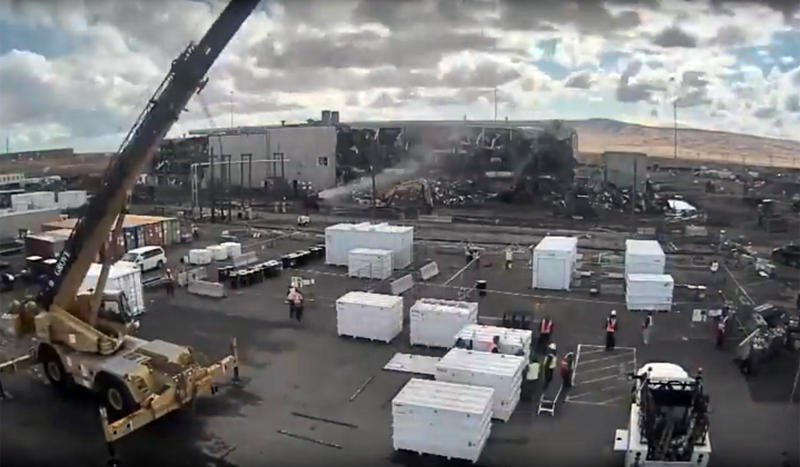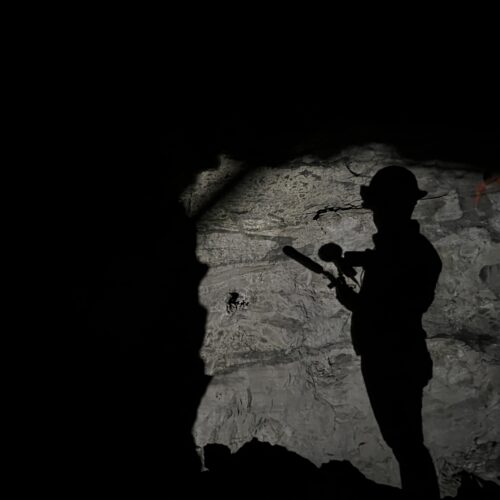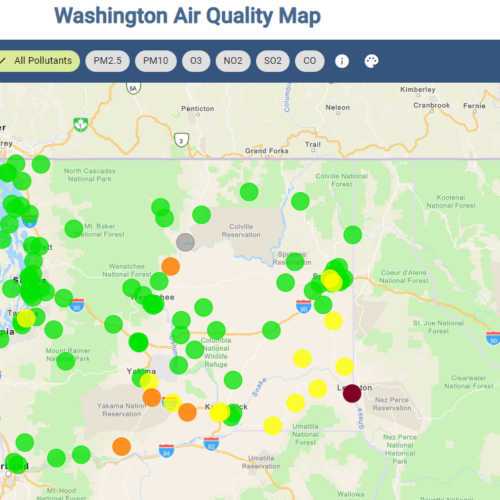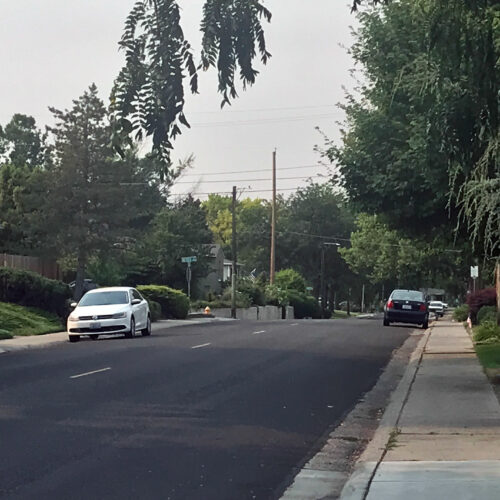
Low-Level Contamination Escapes Demolition Site At Hanford
Listen
UPDATE: Dec. 21, 2017:
The Department of Energy has confirmed it found low-level radioactive waste on the exterior of cars owned by eight Hanford workers.
Upper managers didn’t know that some radioactive waste had gotten outside of bounds at a Hanford demolition site for more than a day. And that delay could have worsened the spread of contamination.
When workers found radioactive waste in areas where it shouldn’t have been, they did everything right. Everything, except notify higher managers. And that delay could have worsened the spread.
Now, dozens of yellow blobs mark up a fresh map showing where officials have found contamination where it shouldn’t be. And 14 cars have been found contaminated. Seven of those are personal vehicles and at least two have been off site into town. One has contamination inside the car.
Now at least seven homes around town will be inspected thoroughly. And demolition work has stopped at the Plutonium Finishing Plant, where the escaped radioactive waste was first found.
The Department of Energy has had multiple requests from workers for fecal lab tests.
UPDATE, Dec. 19, 2017:
The Department of Energy has confirmed it found low-level radioactive waste on the exterior of cars owned by eight Hanford workers.
One of the vehicles was also contaminated inside. All are being decontaminated and released.
The search was mounted Monday, Dec. 18, after the Energy Department found what it called “specks” of low-level radioactive waste outside office trailers at Hanford’s Plutonium Finishing Plant.
Before the contamination was discovered, workers had driven their cars home and back to Hanford. Those employees have been offered searches of their homes.
In all, the department surveyed about a hundred vehicles, plus office trailers and departing workers.
Demolition and cleanup has been underway for years at the site of the Hanford nuclear complex in southeast Washington.
Original Story, Dec. 18, 2017:
There has been another incident of contamination at the Hanford Site. This one involves worker vehicles that were driven off the nuclear cleanup site in southeast Washington state.
Two vehicles that were contaminated with radioactive waste were driven home Friday and then came back to work at Hanford Monday. They were discovered to be contaminated along with several other areas—all near the demolition site called the Plutonium Finishing Plant.
Low levels of contamination were found near the trailers, on a jersey barrier, a vehicle hood, the ground and a trash can.
So far, no contamination was detected inside either car. Workers were asked to stay in offices Monday, as more surveys are being done.
This incident follows last week when six demolition workers had encountered elevated contamination readings on their lapel monitors. Those workers are undergoing bio-assays to see if any contamination has gotten into their bodies. Results are due in a month.
The Plutonium Finishing Plant was a massive building that used to make hockey puck-sized “plutonium buttons” for bombs since 1949. Workers have been steadily working to tear down that plant since 2016. It’s nearly done. They think it will be slab on grade in January.
The contractor doing the work for the federal government said they will only restart work when the possible contamination events have been sorted out.
There have been about six other incidents of radiological contamination alerts at the Plutonium Finishing Plant demo job, but the workers didn’t get any dose, the company said.
Contract workers will be off for Christmas starting after work on Dec. 22.
Related Stories:

Intense fire week forces road closures and evacuation notices in WA
Fire crews continue firing wildfires to keep on high alert in the Northwest.

‘We’re just getting started’ | Haaland highlights major salmon recovery effort with $16M investment
U.S. Secretary of the Interior Deb Haaland celebrated with Gov. Jay Inslee, state, local, and Native American tribal leaders break ground at the new passage facility Wednesday, July 24, 2024

Boom Town: New Northwest-made podcast explores Western uranium mining and Hanford downwinders
Creator and host Alec Cowan’s shadow during a tour of the Sunday Mine Complex, a complex of five uranium mines in the Big Gypsum Valley near Paradox, Colorado, on Feb.












